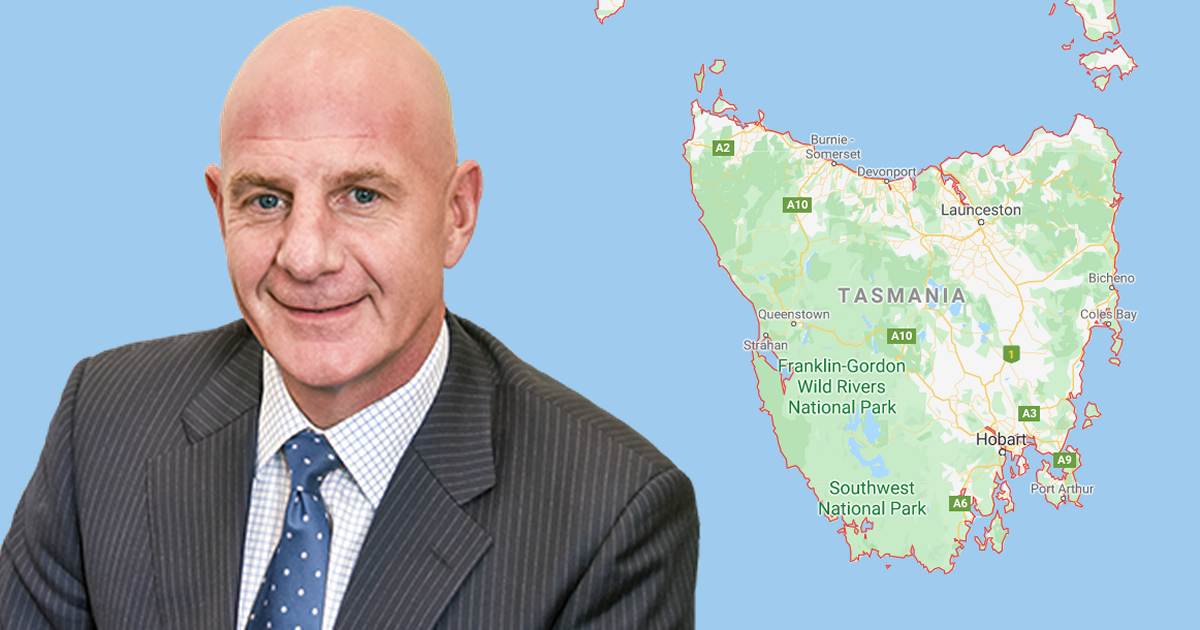Tasmanian Premier and Minister for Climate Change Peter Gutwein has again lifted the bar for his state’s renewable energy future.
Tasmania is already rapidly approaching 100% renewables, with approximately 10 per cent coming from wind power and the vast majority of the remainder from hydro-electric generation. The state previously had a target of 100% renewables by 2022, which it is on track to meet.
In his first State Of The State address yesterday, Premier Gutwein outlined his vision for renewables going forward.
“Today we are announcing a new renewables generation target of 200 per cent of our needs by 2040, which will see Tasmania double its renewable production,” he stated. “Our new Renewable Energy Action Plan will be released in April and will ensure that Tasmania remains the renewable energy powerhouse of Australia.”
EVs And Low Emissions Vehicles
Premier Gutwein also said it was important Government takes a leadership role in the use of low emissions vehicles. Currently, only around 3% of vehicles in the State Government’s fleet are in the low emissions category. The Premier has directed Treasury provide guidance on an “achievable, affordable but ambitious” timeframe to transition the entire fleet to low emissions vehicles.
Zero Net Emissions
Tasmania has already committed to zero net emissions by 2050, but in his address the Premier said he has ordered detailed analysis of the pathway Tasmania would need to take to achieve a target of zero net emissions prior to that year.
Hydrogen
The Premier also made mention of his government’s recently announced $50 million package over 10 years to bolster and fast track renewable hydrogen industry development in Tasmania. His goal is that the state will be commercially exporting hydrogen by 2030.
The above are just a few of the renewables-related points from the address, which can be viewed in full here.
Not A Lot Of Solar Going On
Missing from the Premier’s address was the word “solar” and it will be interesting to see how PV is slotted into the new Renewable Energy Action Plan.
Tasmania may be a hotbed of renewable energy activity when it comes to wind and hydro related resources, but not a lot is happening in terms of large scale solar energy facilities – that is, systems above 100kW capacity. Only 7 operational plants have been noted by the Australian Photovoltaic Institute, current as at September 30 last year. The largest of these is SRT Logistics’ 584kW system in Davenport.
In terms of utility-scale solar, there’s nothing operational yet. Epuron has received approvals for a 5MW facility in George Town and a 12.5MW project near Wesley Vale, but there’s been little further news on either of those projects since 2018.
On the small-scale side of things, Tasmania trails behind all other states and territories in terms of percentage of dwellings with solar installed – just 15.1% as at the end of September according to APVI. Some of the lack of uptake may be due to a misconception solar power isn’t particularly suited to Tasmania. However, SQ’s new solar calculator indicates a 6.6kW solar system installed in Hobart has an estimated simple payback of just 5 years assuming quality components and installation.


 RSS - Posts
RSS - Posts



we switched off tasmanias expensive hydro power on 7th November 2019.
we use 12kw of solar panels, 45kw of Lithium batteries and have a diesel generator for backup….and yes we are in the suburbs.
Up your ass with your expensive utility scale renewable power…we dont want or need it…seems its all about controlling us…utility scale is just all wrong and superfluous
OK John,
Utility scale is not about individual households. It IS about the vast majority of places (businesses, factories, your local pub) who rely on a source of energy to continue to finction.
Good in you for going down the renewable track – I’m about to do the same – but don;t discount the potential disruption that would inevitably occur if everyone disconnected. Who’d keep ypur beers cold at the pub? Who’d build your next car (OK, not in Australia, but still …) Who’d sell you your groceries?
You need a wider view than just your insular household.
Why would Tasmania want to make hydrogen with its magnificent hydro resources? It’s already stored energy – spend the money on a new interconnector.